More than 70% of all Delhi 31 ambient noise monitoring stations recorded higher decibel levels this Diwali compared to the night of the festival last year – what experts said was a clear indicator that the city saw more firecrackers this year than it did in 2023.

The city’s noisiest locality was Karol Bagh, which recorded an average of 88.7 decibels (dB(A)) on Diwali day, data from the Delhi Pollution Control Committee (DPCC) on Friday showed.
This was around 5% higher than the average reading of 84.5 dB(A) recorded last Diwali and around 25 decibels higher than the 65-decibel standard set for commercial zones.
In total, 22 out of the city’s 31 stations surpassed levels from Diwali night last year, data showed.
DPCC said the quietest location in Delhi this year was Alipur, which had an average reading of 58 dB(A). Even there, the average noise levels were 2.5 decibels higher than last year’s reading of 55.5 dB (A), data showed.
The percentage increase in decibel levels at these 22 locations, which include Alipur, Najafgarh, Bawana, Rohini, Okhla, Civil Lines, Anand Vihar, Dwarka and Connaught place, ranged from 0.5% to 8%, DPCC said, taking the average decibel levels recorded last Diwali as the base for comparison.
The highest increase was at Najafgarh, which incidentally was Delhi’s quietest location last Diwali. The average decibel levels increased from 53.7 decibels last Diwali to 58.3 decibels this year. This is also around eight decibels higher than the 50 decibel standard set for silence zones.
The Central Pollution Control Board (CPCB) has divided noise monitoring stations into four categories – silence zones, where the day and night-time decibel levels should not exceed 50 and 40 dB(A) respectively, residential zones, where the day and night-time standards are 55 and 45 dB(A) respectively, commercial zones, where the day and night standards are 65 and 55 dB(A) respectively and industrial zones, which have by far the most lenient standards of 75 dB(A) during the day and 70 dB(A) at night.
Meanwhile, among the nine stations that showed a possible compliance to the ban, likely bursting lesser crackers, included Aurobindo Marg, RK Puram, Lajpat Nagar, Narela, Ashok Vihar, Patparganj and Pusa.
DPCC data showed RK Puram had the biggest reduction in noise levels – dipping by around 11%. The average decibel levels there this Diwali was 58.7, down from 65.9 decibel levels last year. This was followed by a dip of around 10% along Aurobindo Marg, where the average was 66.9 dB(A) — down from 74.6 dB (A) last year.
Real-time data on DPCC’s website also showed the hourly decibel levels went as high as 94.5 dB(A) at 11pm on Diwali night.
“The data shows that most locations in Delhi recorded an increase in noise levels as compared to last year. However, some locations have shown significant improvement too. A long-term analysis of the data will be carried out for possible future action,” a DPCC official said.
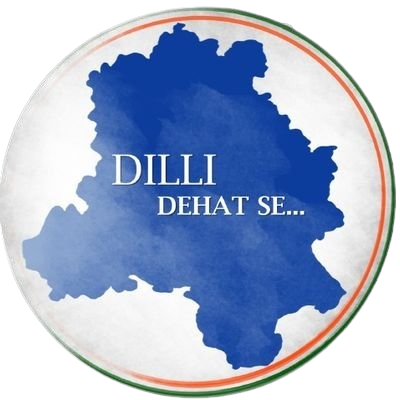
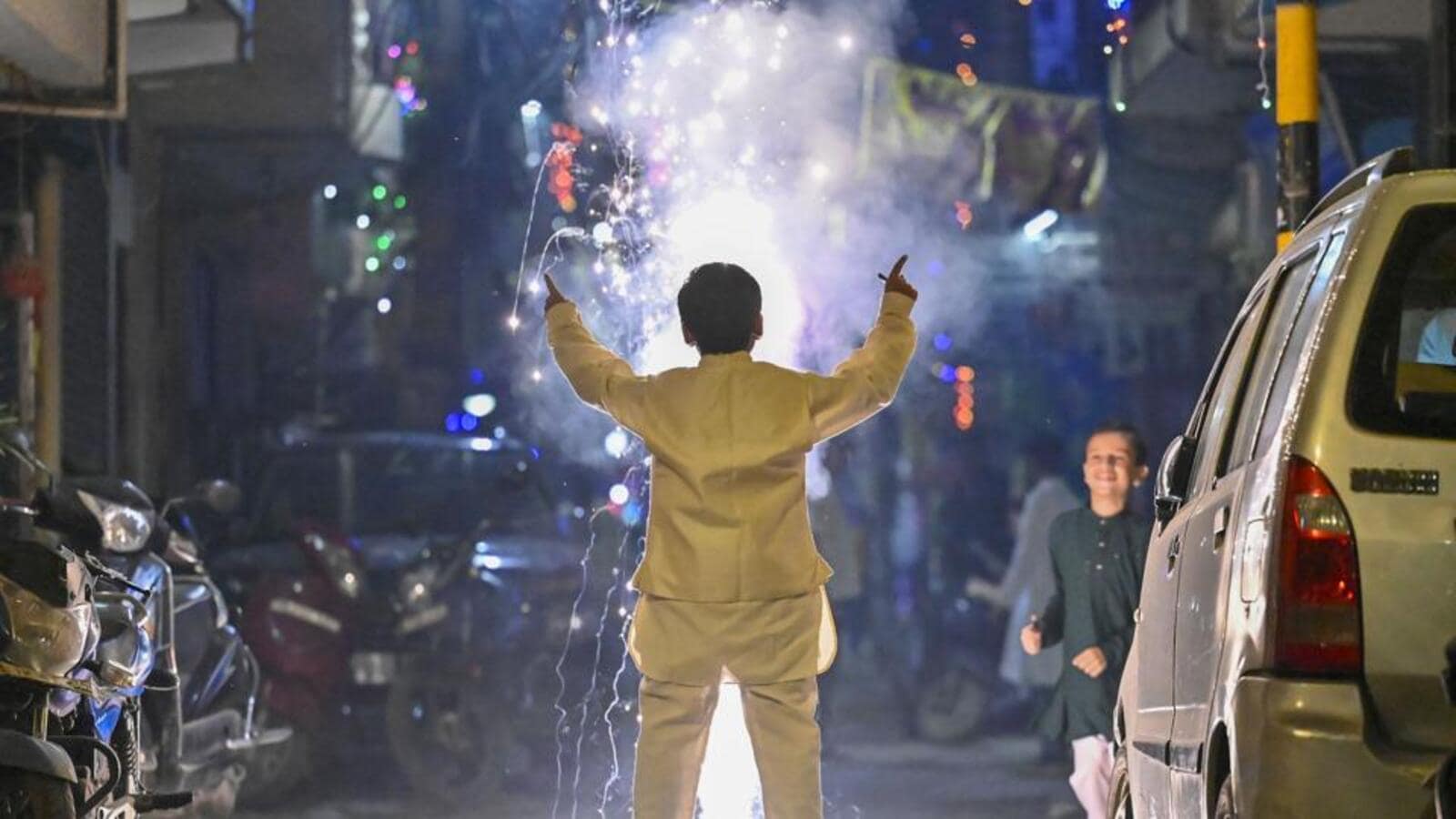

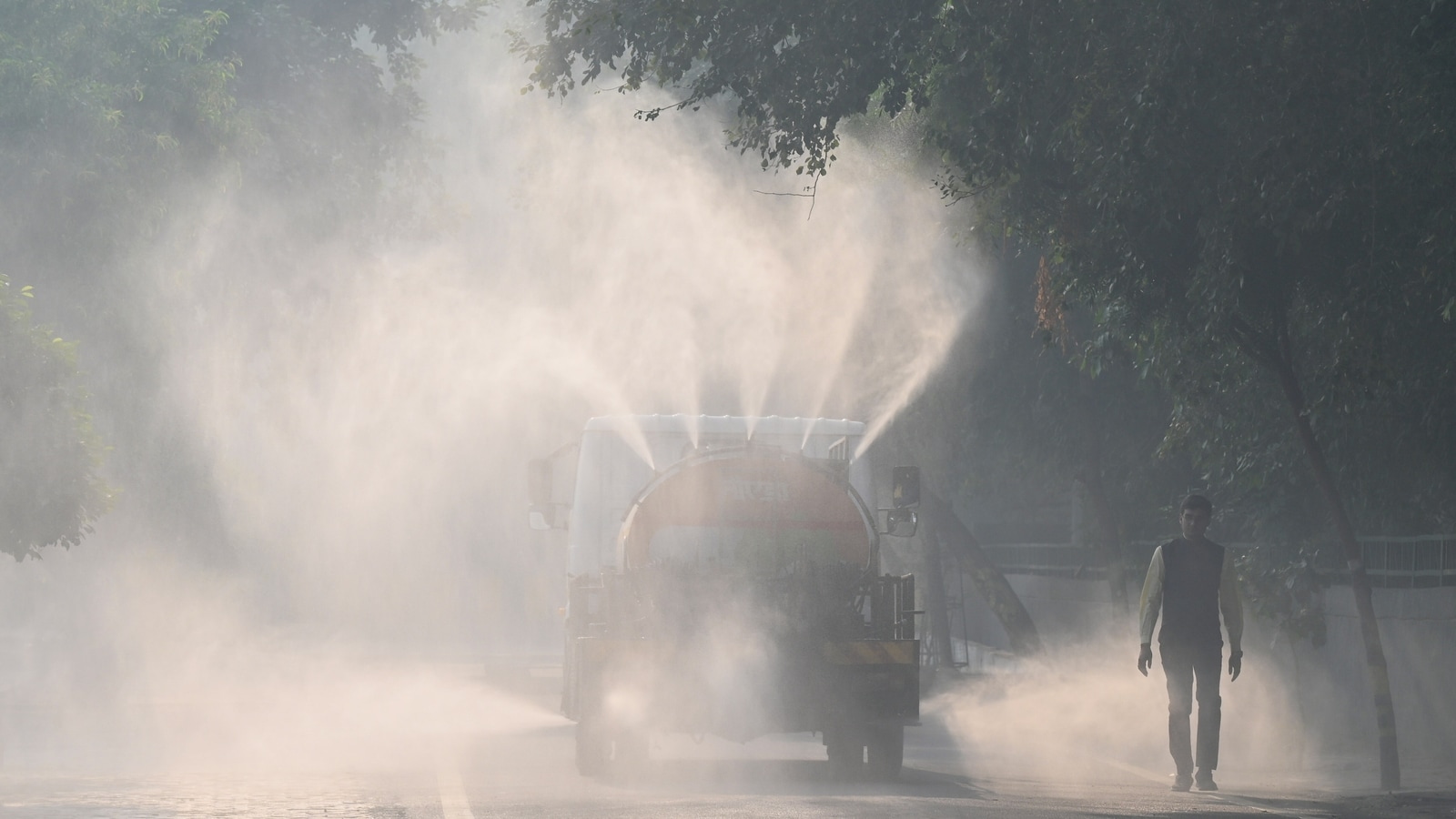
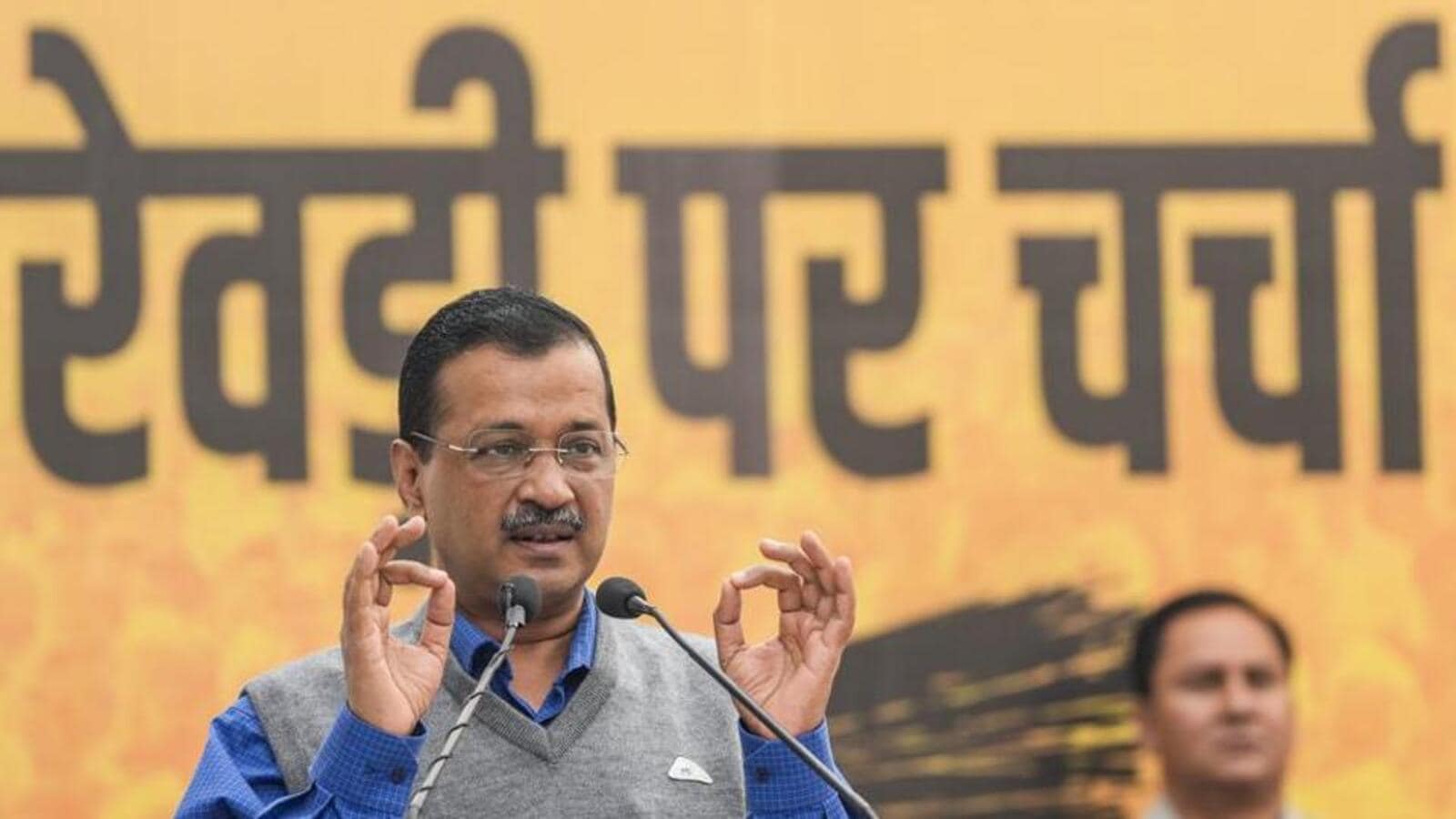
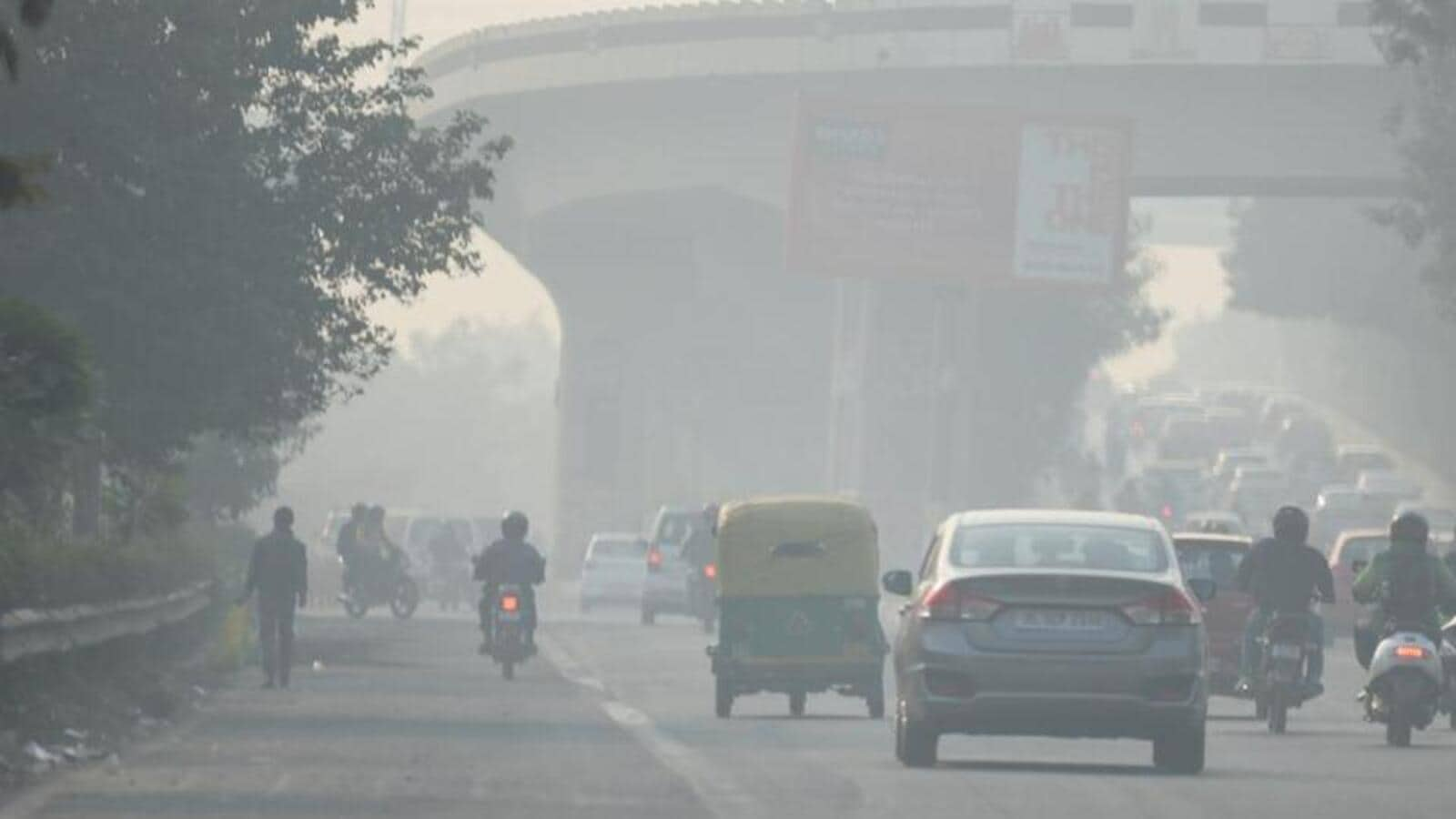
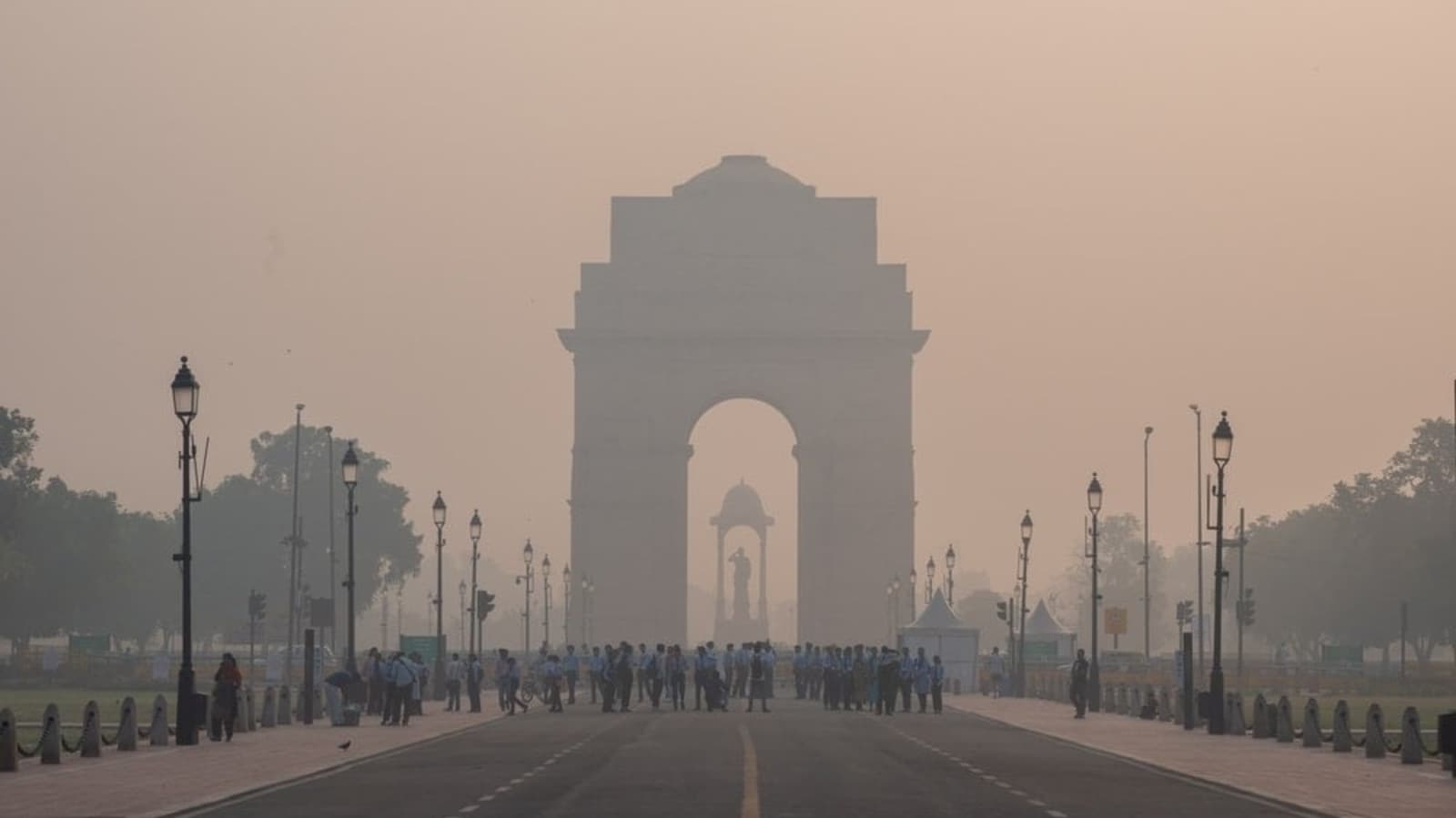

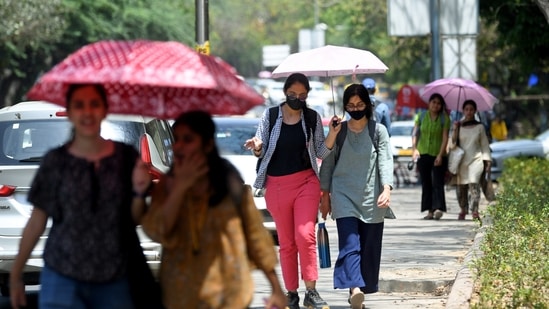
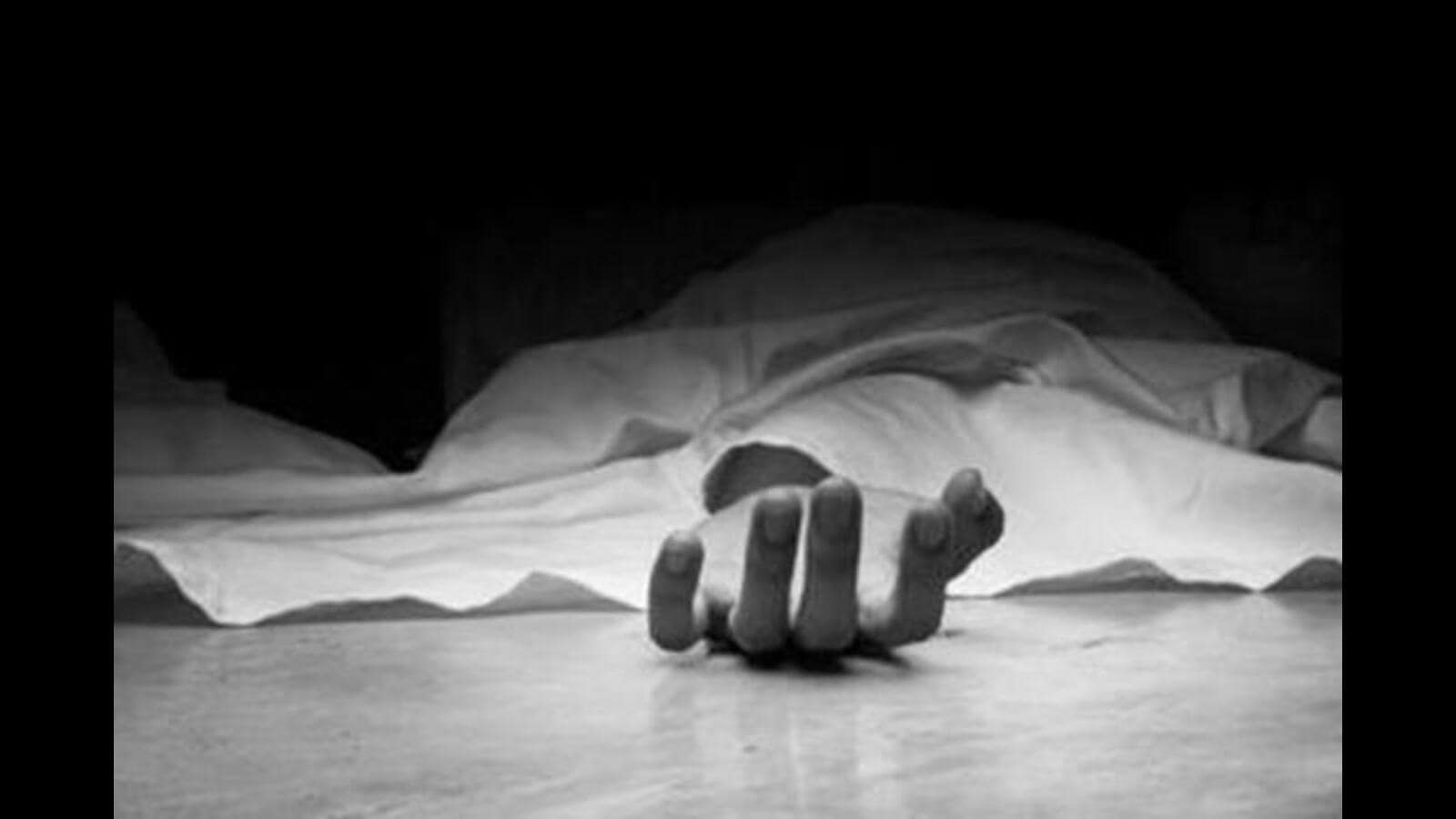

Leave a Reply